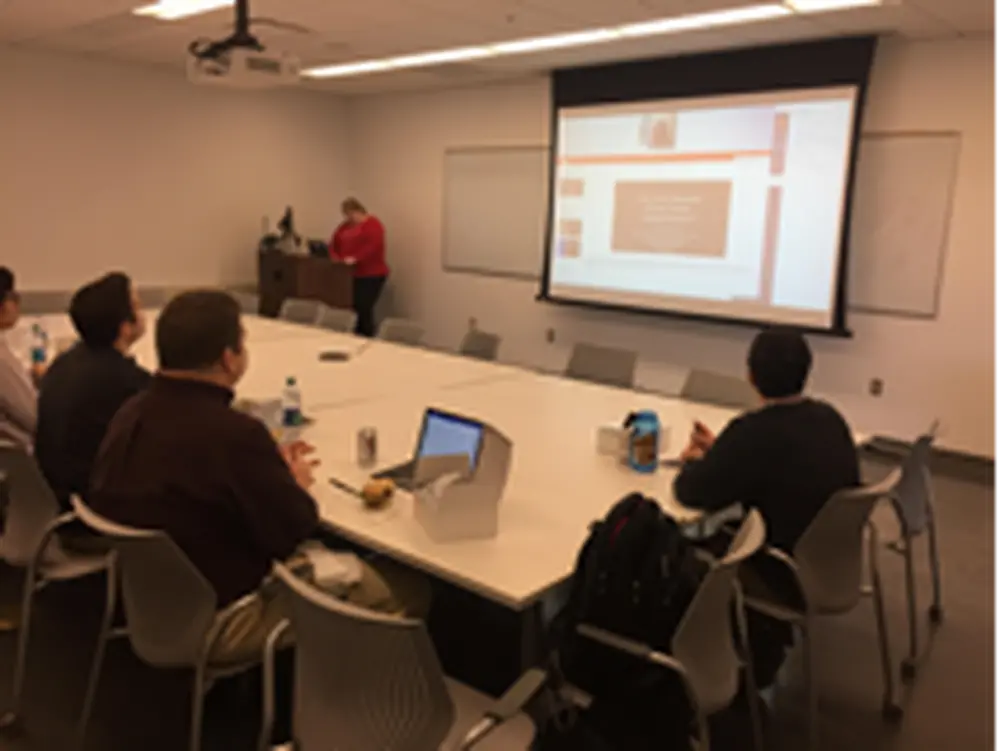
The Health Communication: Barriers, Breakthroughs, and Best Practices (HCB3) Conference took place on March 1-3. The online conference is sponsored by the Health Communication Online Masters of Science (HCOM) program which was started 7 years ago by Professor Dale Brashers. John Lammers took over the program to honor Brashers who passed away before the program was launched in 2010.

The academic conference is streamed online and includes presentations from keynote leaders in digital health media. The idea of a virtual conference was based off the current online degree program. The Health Communication Master’s Program is 100% online and features interactive media for students. Students submit all of their assignments online and interact with colleagues virtually. The degree takes about 2 years to complete. The online program is meant to advance ideas around health communication.
The Center for Intervention Teaching and Learning (CITL) leads the campus in online education and helped with hosting the event.
The online only conference created a challenge for coordinators who sought presenters for the event. At academic conferences papers are always presented. The HCB3 coordinators asked people to submit their papers online. A total of 15 presentations were submitted using the software Prezi which is an advanced version of PowerPoint. From those presentations, 3 keynote speakers were selected to present at the HCB3 Conference.
The 3 keynote speakers include Stacy Robison from Communicate Health, Lisa Gualtieri from Tufts University, and Lorien Abroms from George Washington University.
The conference was held over 3 consecutive days and each speaker was given the same time slot to present on during one of those days. A total of 320 people registered for the online conference. The audience included individuals from all over the U.S. and International viewers from Middle East, South Africa, and South America regions.
Viewers of the event were able to communicate with presenters and other audience members via a discussion board where they could specifically comment on the speakers and/ or the individual papers. A Twitter hashtag (#) was also used by some conference viewers to generate buzz about the event on social media.
Lammers, who coordinated the conference, listed the two major goals set for the event. The first is that the conference would continue to be a voice for health communication digital platforms and the second being to further market the Health Communication Program at UIUC.
Lammers explains how this year’s conference will help develop future online conferences. One take away after this year’s conference was to focus more on the aspect of digital media and health medical records (web sources for health information) for next year. Some of the obstacles that coordinators had to overcome with an online only conference were the uncertainty about participation and lack of template (the overall decisions about platforms and standards for appearance).
Some familiar faces from the Communication Department at the conference include Professor’s Brian Quick and Sally Jackson.
Individuals who missed the conference live can still view the material via the HCB3 site. Next year’s HCB3 Conference will be held February 28th through March 2nd.